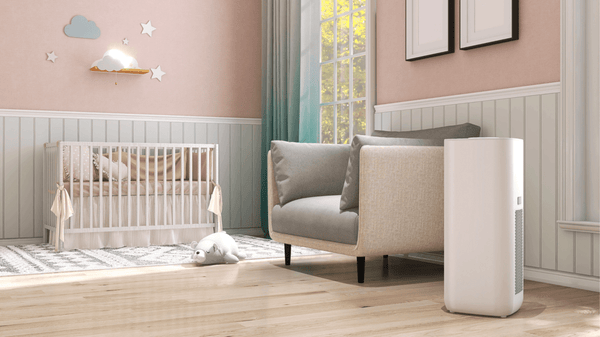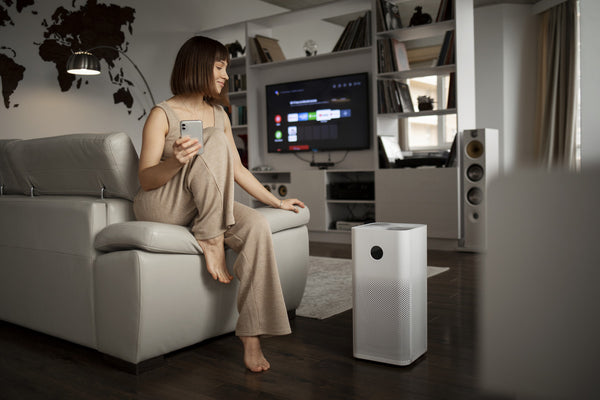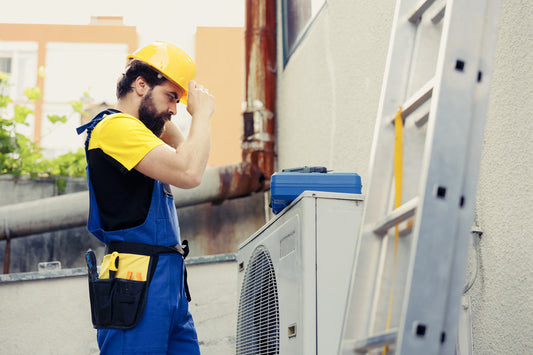Introduction to Condensate Pumps
Hey there! Ever wondered what happens to all that water your dehumidifier collects on a steamy summer day? Well, let me introduce you to the unsung hero of humidity control: the condensate pump. This little gadget is what keeps your dehumidifier running smoothly without turning your basement into a mini-lake.
Why Condensate Pumps are Essential

For Dehumidifiers
Imagine this: You've got a dehumidifier working overtime in your damp basement. Without a condensate pump, you'd be on bucket-emptying duty every few hours. Not fun, right? That's where the condensate pump comes in, automating the removal of water and making your life a whole lot easier.
For Air Conditioners
And it's not just dehumidifiers that benefit. Air conditioners, especially those in high-humidity areas, produce a ton of condensate too. A pump ensures that water is whisked away efficiently, preventing damage and maintaining optimal performance.
How Condensate Pumps Work
The Science Behind the Process
So, how does this magic happen? It's all about changing the state of water from gas to liquid, collecting it, and then... well, pumping it out to a designated area. The pump activates when it senses water reaching a certain level, ensuring continuous operation without any manual intervention.
Types of Condensate Pumps
There are various types of pumps, each with its own set of features. Some are built for heavy-duty use, while others are perfect for smaller, residential systems. Choosing the right one depends on your specific needs and setup.
Selecting the Right Condensate Pump
Capacity Considerations
First things first: size matters. You need a pump that can handle the amount of condensate your system produces. Too small, and you risk overflows. Too big, and you're just wasting energy.
Lift and Flow Rate
Next up, consider how high and how fast the pump needs to move the water. This is crucial for ensuring that the condensate is removed efficiently without causing backups.
Additional Features to Look For
Some pumps come with nifty features like overflow protection, alarms, and even Wi-Fi connectivity for the tech-savvy homeowner. These can add convenience and peace of mind.

Image by jcomp on Freepik
Installation Tips
Step-by-Step Guide
Installing a condensate pump might seem daunting, but it's actually pretty straightforward. I'll walk you through the basics, from positioning the pump to connecting the tubing. Just remember to always follow the manufacturer's instructions to the letter.
Common Installation Mistakes
Even the handiest of us can slip up. I'll cover some common pitfalls to avoid, ensuring your installation goes off without a hitch.
Maintenance and Troubleshooting
Routine Maintenance Checklist
Like any appliance, condensate pumps need a little TLC to keep running smoothly. I'll give you a simple checklist to follow, covering everything from cleaning the tank to checking the float switch.
Troubleshooting Common Issues
Run into a problem? Don't panic. Most issues with condensate pumps are easy to fix with a bit of know-how. I'll guide you through diagnosing and solving the most common problems.
The Environmental Impact
Energy Efficiency
It's not just about convenience. Using a condensate pump can also be a boon for the environment by improving the energy efficiency of your dehumidifier or air conditioner.
Water Management
And let's not forget water management. By properly disposing of condensate, we can prevent wastefulness and even reuse the water for non-potable purposes, like watering plants.
Real-life Applications
Residential Uses
From keeping your basement dry to protecting your home's foundation, the applications for condensate pumps in a residential setting are vast and varied.
Commercial Uses
But it's not just homes that benefit. In commercial settings, condensate pumps are essential for maintaining the health of HVAC systems and preventing moisture-related damage.
Future of Condensate Pumps
As technology advances, so do condensate pumps. We're seeing smarter, more efficient models hitting the market, promising even greater convenience and environmental benefits.

Image by Freepik
Conclusion
In the world of humidity control, condensate pumps are the unsung heroes. Whether you're a homeowner looking to protect your property or a business owner keeping your premises in top shape, understanding and choosing the right condensate pump is key. With the right selection, installation, and maintenance, you can enjoy a drier, more comfortable environment without the hassle.
FAQs
Can I install a condensate pump myself?
Absolutely! With basic DIY skills and a careful reading of the manufacturer's instructions, most homeowners can handle the installation.
How often should I check my condensate pump?
It's a good idea to inspect your pump at least once a year, ideally before the humid season starts.
What should I do if my condensate pump stops working?
First, check for simple issues like clogs or power problems. If you can't solve the problem, it might be time to call in a professional.
Can a condensate pump save me money?
Yes, by preventing water damage and improving the efficiency of your dehumidifier or air conditioner, a condensate pump can save you money in the long run.
Are there eco-friendly condensate pumps?
Many modern pumps are designed with energy efficiency in mind, and using one can contribute to a more sustainable home.





